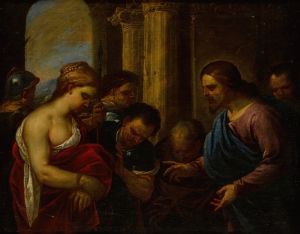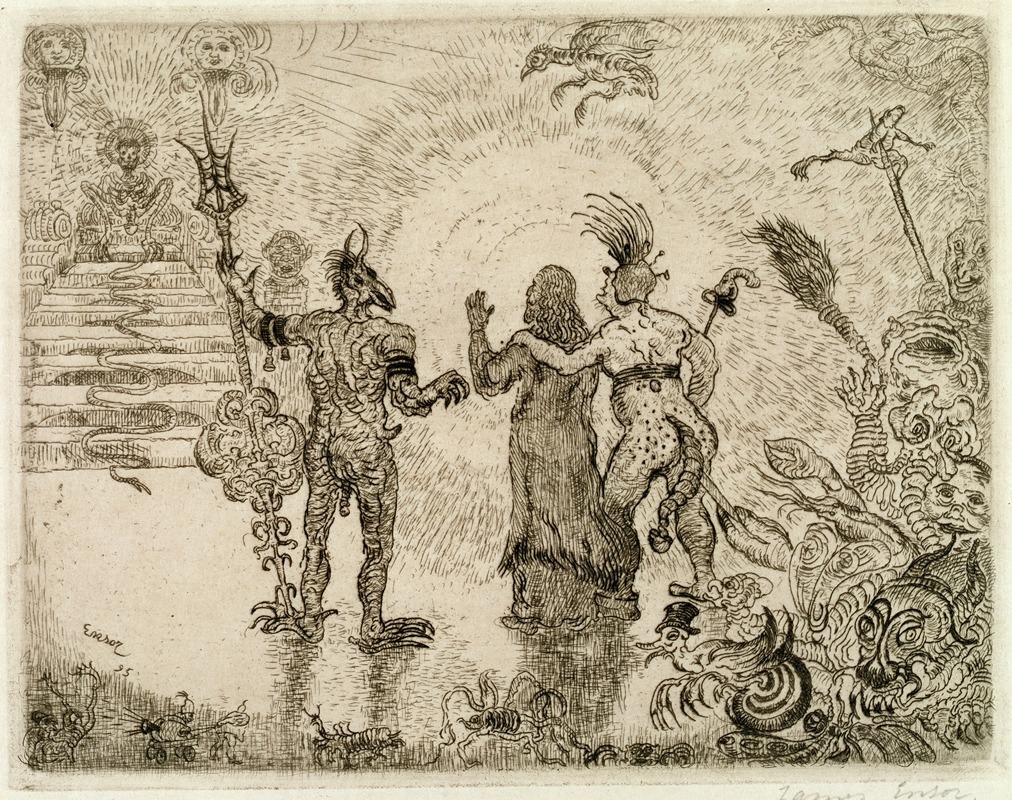
The Devils Dzitts and Hihanox Leading Christ to Hell
A hand-painted replica of James Ensor’s masterpiece The Devils Dzitts and Hihanox Leading Christ to Hell, meticulously crafted by professional artists to capture the true essence of the original. Each piece is created with museum-quality canvas and rare mineral pigments, carefully painted by experienced artists with delicate brushstrokes and rich, layered colors to perfectly recreate the texture of the original artwork. Unlike machine-printed reproductions, this hand-painted version brings the painting to life, infused with the artist’s emotions and skill in every stroke. Whether for personal collection or home decoration, it instantly elevates the artistic atmosphere of any space.
James Ensor's painting The Devils Dzitts and Hihanox Leading Christ to Hell is a work by the Belgian artist, who is widely recognized for his distinctive and often provocative style. Ensor, a key figure in the Symbolist movement and a precursor to Expressionism, frequently explored themes of religion, satire, and the grotesque in his art. This particular painting reflects his characteristic blending of the sacred and the profane, a hallmark of his oeuvre.
Created in 1888, the painting depicts a surreal and chaotic scene in which Christ is led to hell by two devilish figures named Dzitts and Hihanox. Ensor often used religious imagery in his works, but he approached these themes with a critical and unconventional perspective. In this painting, Christ, a symbol of purity and redemption, is juxtaposed with grotesque and menacing figures, highlighting a tension between good and evil. The devils are rendered with exaggerated, almost caricature-like features, which is typical of Ensor's style. This approach underscores the artist's interest in exploring the absurdity and hypocrisy he perceived in society and organized religion.
The composition is dense and dynamic, filled with vibrant colors and intricate details. Ensor's use of bold, expressive brushwork and his preference for vivid, sometimes jarring color palettes contribute to the unsettling atmosphere of the scene. The chaotic arrangement of figures and the surreal quality of the imagery reflect the artist's fascination with the macabre and the fantastical.
Ensor's work often drew criticism during his lifetime for its unconventional subject matter and style, but it has since been recognized as groundbreaking. His willingness to challenge traditional artistic norms and address controversial themes has cemented his place as a significant figure in modern art history. The Devils Dzitts and Hihanox Leading Christ to Hell exemplifies his ability to merge personal vision with broader social and spiritual commentary.
The painting is part of Ensor's broader body of work that frequently critiques societal norms and explores existential themes. While specific details about the inspiration or context behind this particular piece are limited, it is consistent with Ensor's lifelong engagement with themes of morality, human folly, and the tension between the sacred and the profane.
Today, James Ensor's works, including this painting, are celebrated for their originality and their influence on later artistic movements, such as Expressionism and Surrealism.





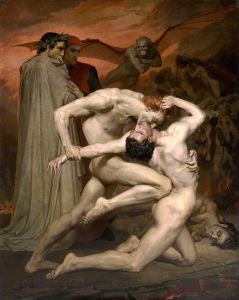
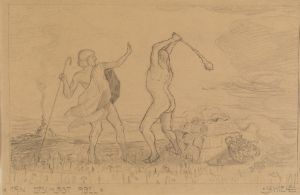
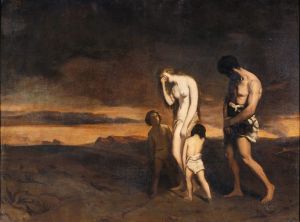
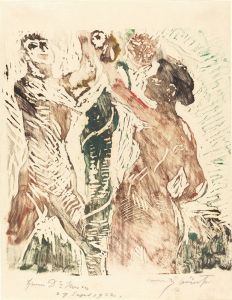
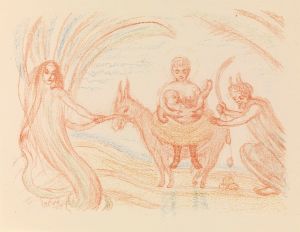
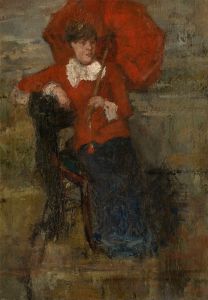
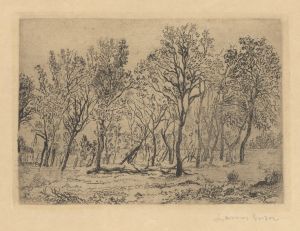
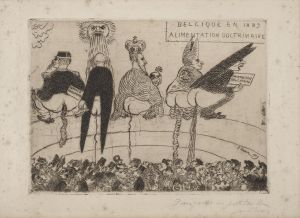
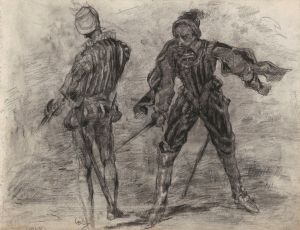
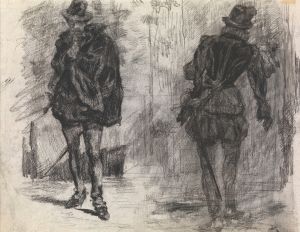
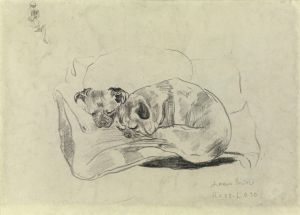
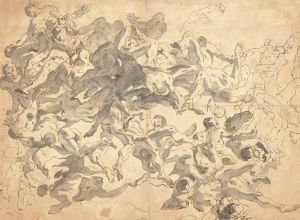
![After Vice Comes Fornication [Simpleton]](/imgs/264583/s/francisco-de-goya-after-vice-comes-fornication-simpleton-880a5769.jpg)
